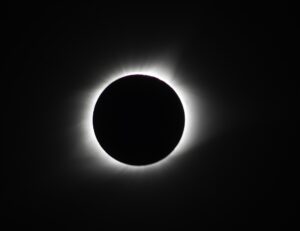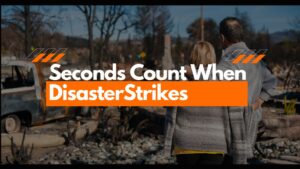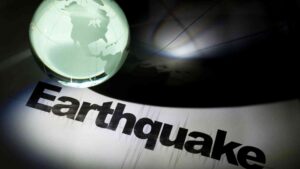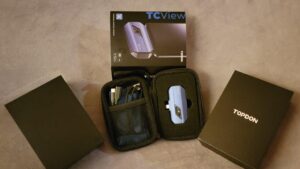SpaceX and T-Mobile are teaming up to provide backup satellite cellphone coverage calling it “Coverage Above and Beyond”.
This will be rolled out over the coming years for T-Mobile users and is open for development with other carriers and messaging services.
How will SpaceX and T-Mobile’s Coverage Work?
Backup cellphone connectivity will be provided by large satellites orbiting the earth. They’ll be doing this with second-generation Starlink satellites.
The Starlink V2 satellites will be launched by SpaceX’s largest rocket, Starship. The V2 satellite will be too large to fit in their comparatively smaller Falcon 9 rocket. They will have large antennas on them or “very big ears” as Elon described them.
How will this be rolled out?
Their initial focus will be providing messaging services. When you are in a normal cellular dead zone, instead of attempting to connect with cell towers that aren’t there, your phone will connect to the satellite as it orbits overhead.
After they have messages working they will move on to voice and data service.
Where will it work?
T-Mobiles CEO Mike Sievert said it will connect customers beyond the reach of the cellular network “In the lower 48, vast parts of Alaska, Hawaii, Puerto Rico, territorial waters, and even vast parts of the world’s oceans.” They’d also like to work with countries worldwide.
How much will it cost?
T-Mobile expects this service to be included, for free, on their most popular plans.
When will it launch?
T-Mobile and SpaceX plan to roll out the beta service late next year. Messaging, MMS, and messaging apps will be the initial focus.
Will it work with my phone?
Most likely yes. The phone will be using the same spectrum your phone already uses. T-Mobiles goal is for the vast majority of current phones to work right out of the gate with satellite coverage.
Is this the cell network redundancy we’ve been waiting for?
If they can pull it off, yes. But, it won’t replace cellphone towers. Physics greatly limit the amount of data that can be sent to and from a satellite that far away to a device as small as your phone.
This will revolutionize wilderness hiking trips, backwoods camping, sailing, and emergency communication during disasters. When traditional cellphone towers are taken out by storms this will allow others to communicate via text.
T-Mobile emphasized your phone needed a “clear view of the sky”. So it remains to be seen how well, or if it will work, during cloudy or stormy weather. Elon said it should even work in your pocket or in your car.
“In a nutshell, it’s no more dead zones” Elon Musk
Join our email to hear about new resources to help you stay on top of severe weather outbreaks
- How to Shelter in Place During a Nuclear Event
- How to sleep in your car overnight
- How to prepare for power outages
- Preparing for Severe Weather
- Faith in Action: Responding to Trump’s Reduction in Humanitarian Aid
- How to Help Someone Who is on Fire
- How To Get Help When 9-1-1 Is Down
- Does a Solar Eclipse Really Warrant a State of Emergency?
- The Coming Digital Apocalypse?
- Disaster Survival: Do These 3 Things Within 60 Seconds
- 5 Disaster Relief Tips for a Major Earthquake Response
- Can We Shoot the Chinese Balloon Down?
- Incident Management Team: Tips for a Successful Deployment
- TC001 Best New Thermal Camera? Review for TOPDON TCView
- 5 Ways To Stop Overpaying For Healthcare
- Preparing Your Pets for Disaster


















Wow! Not only would this be good for deserted areas, but also for rural areas like mine where phone service can be a real challenge to find even in the middle of my small town!
If I have StarLink but not T-Mobile, will this work?
It’s just for T-Mobile for now. However, many phones and carriers will allow you to call (and sometimes message) over Wi-Fi. If they let you then you will be able to make calls just from StarLink.